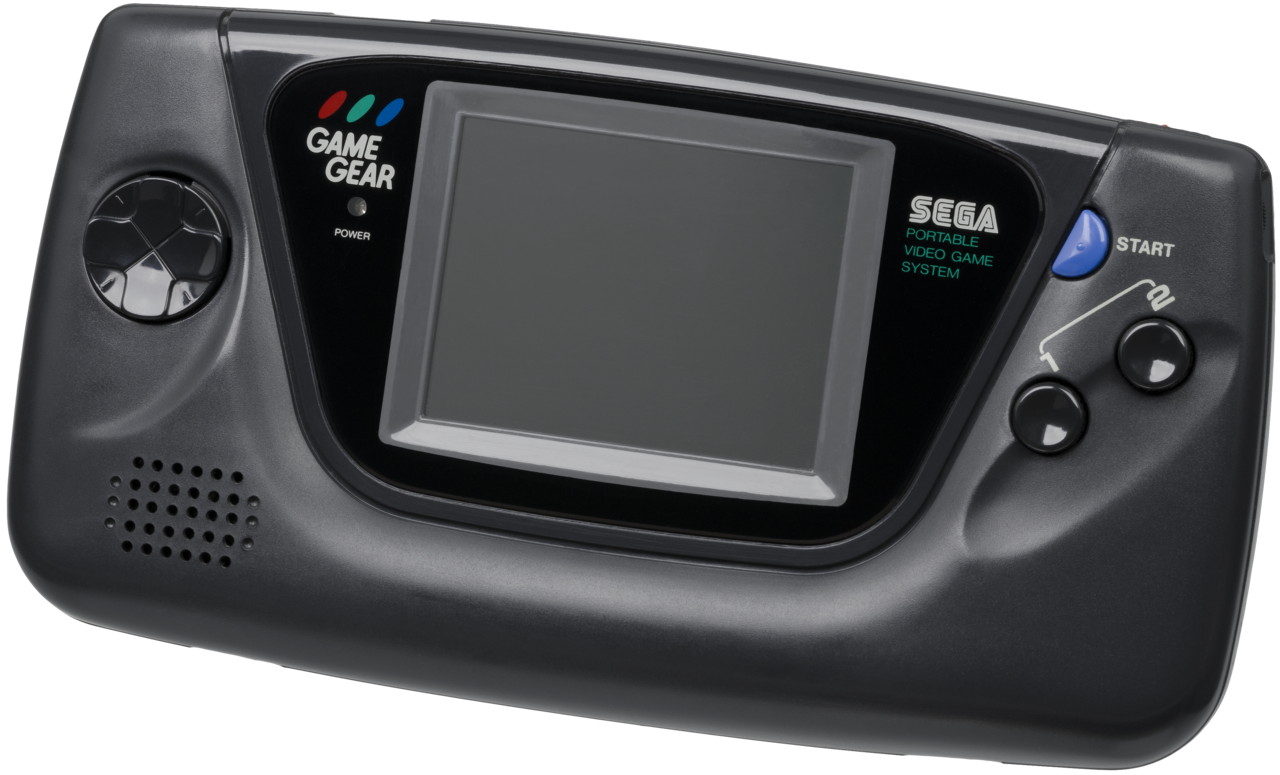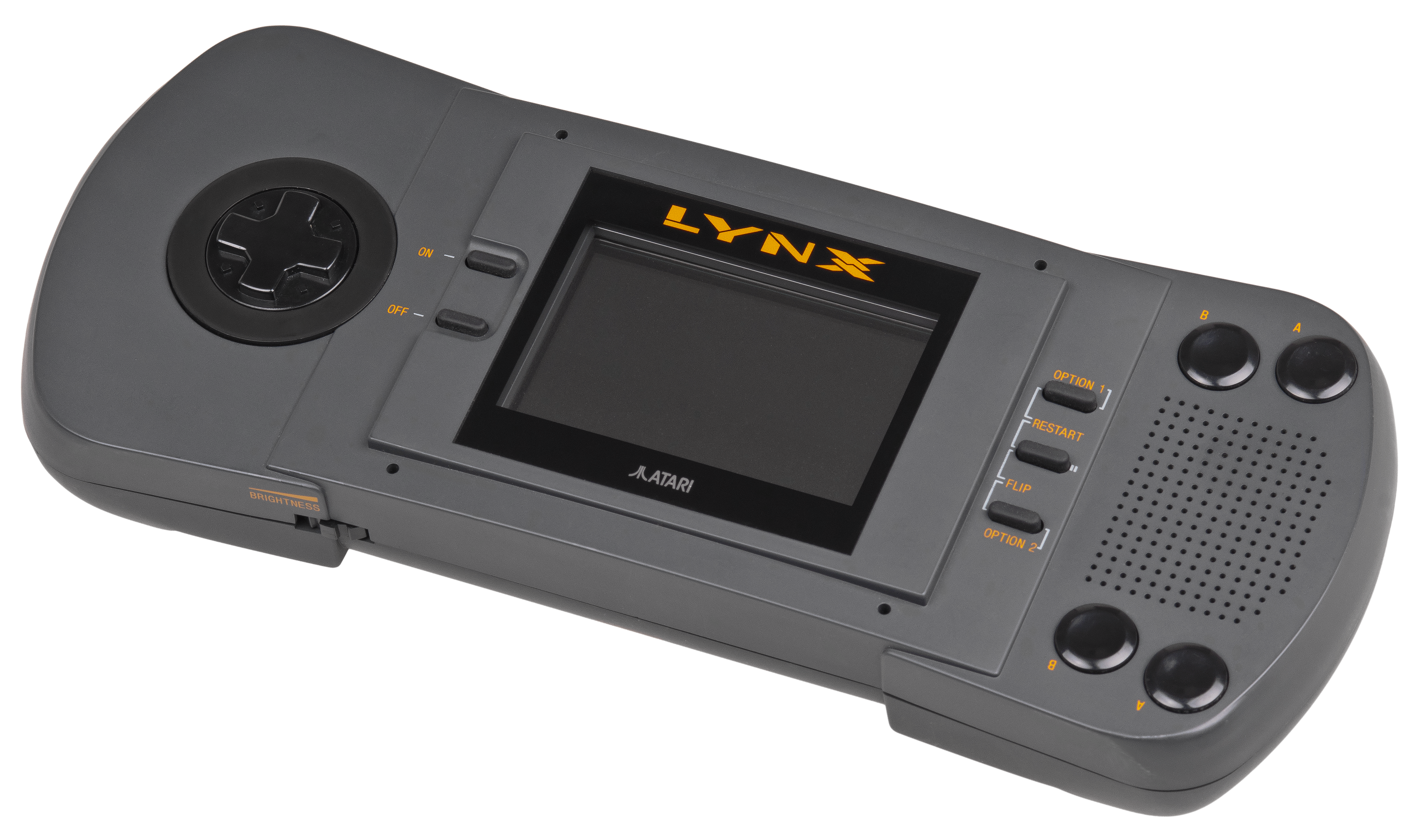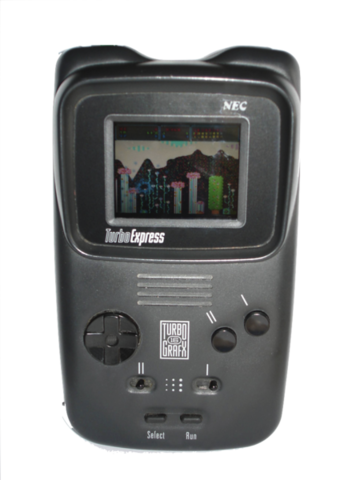Honourable Mentions
Gaming on the Go
☰Links
GameBoy
The Game Boy is an 8-bit handheld game console developed and manufactured by Nintendo.
The first handheld in the Game Boy family, it was first released in Japan in April 1989, then North America, three months later, and lastly in Europe, more than one year later.
Nintendo's second handheld game console, the Game Boy, combines features from both the NES home system and Game & Watch hardware. The console features a dull green dot-matrix screen with adjustable contrast dial, five control buttons (a directional pad, two game buttons, and "START" and "SELECT"), a single speaker with adjustable volume dial, and, like its rivals, uses cartridges as physical media for games. The color scheme is made from two tones of grey with accents of black, blue, and dark magenta.
Game Gear
The Game Gear is an 8-bit fourth generation handheld game console released by Sega on October 6, 1990 in Japan, in April 1991 throughout North America and Europe, and during 1992 in Australia.
The Game Gear primarily competed with Nintendo's Game Boy, the Atari Lynx, and NEC's TurboExpress. It shares much of its hardware with the Master System, and can play Master System games by the use of an adapter.
Sega positioned the Game Gear, which had a full-color backlit screen with a landscape format, as a technologically superior handheld to the Game Boy.
Atari Lynx
The Atari Lynx is a 8/16-bit handheld game console that was released by Atari Corporation in September 1989 in North America, and in Europe and Japan in 1990.
It was the world's first handheld electronic game with a color LCD. It was also notable for its advanced graphics and ambidextrous layout.
The Lynx competed with the Game Boy (released two months earlier), as well as the Game Gear and TurboExpress, both released the following year. It was discontinued in 1995.
TurboExpress
The TurboExpress is a handheld video game console by NEC Home Electronics, released in late 1990 in Japan and the United States as the TurboExpress Handheld Entertainment System.
It is essentially a portable version of the TurboGrafx-16 home console that came two to three years earlier, and was released as the PC Engine GT in Japan.
The TurboExpress was technically advanced at the time, able to play all the TurboGrafx-16's HuCard games, featuring a TV tuner, and a backlit, active-matrix color LCD screen.
The TurboExpress primarily competed with Nintendo's Game Boy, Sega's Game Gear, and the Atari Lynx.
However, with 1.5 million units sold, far behind its two main competitors, NEC failed to gain significant sales or market share in the handheld market.
Honourable-Honourable Mentions!
- Gamate
- Watara SuperVision
- Mega Duck/ Cougar Boy
...




